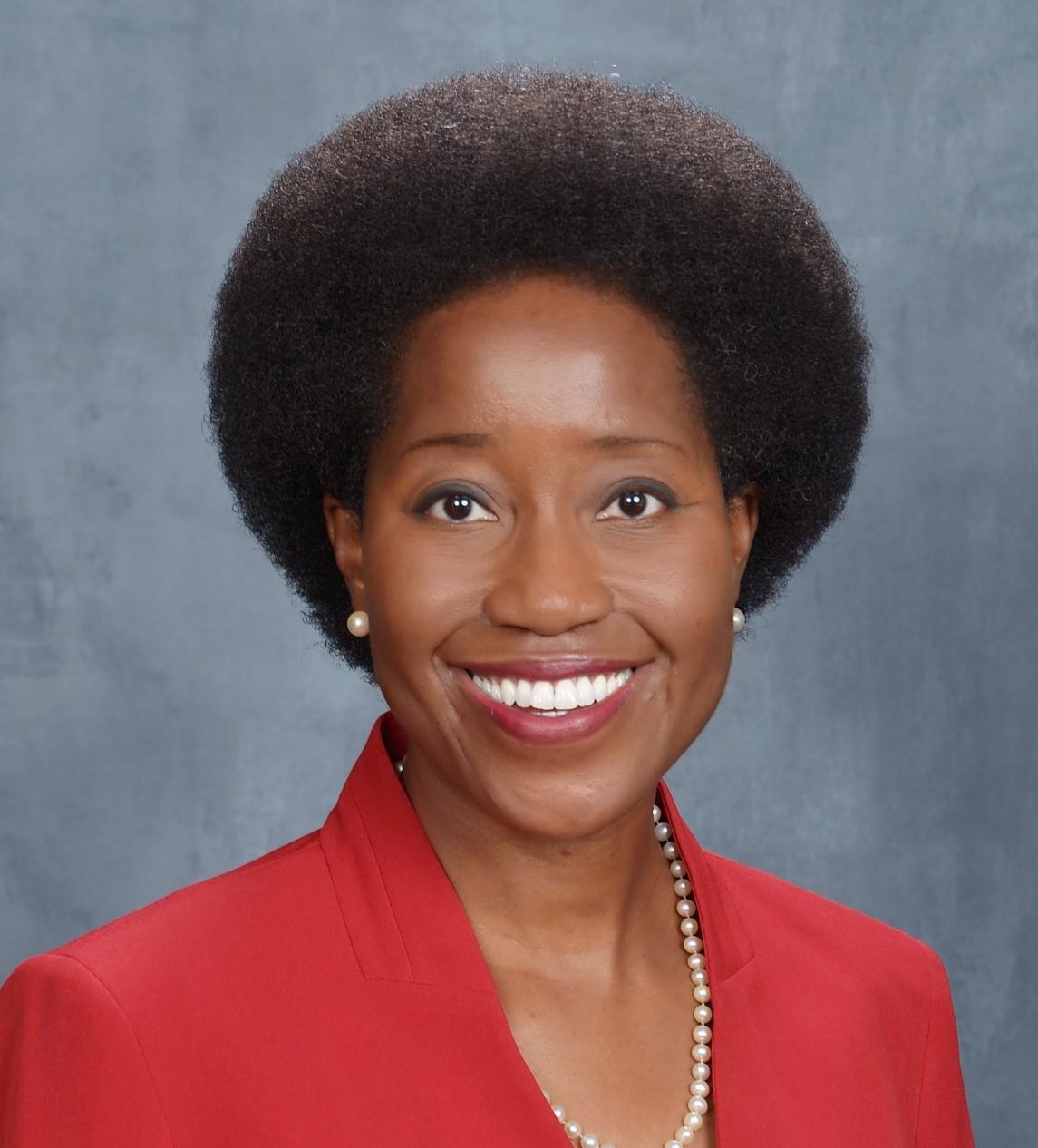Child Trends’ second annual Juneteenth webinar featured five panelists with extensive experience building protective communities for Black children and families. Panelists—who represented Philadelphia’s REBUILD initiative, the Credible Messenger Mentoring Movement, the Association of Maternal and Child Health Programs, the Florence Aliese Advancement Network, and the Coalition of Schools Educating Boys of Color—drew on their decades of leadership, practice, and research to respond to our conversation’s two anchoring questions: “What is your vision for protective communities for children and families, broadly, and why is it important for us to focus on creating these conditions for Black children and families, specifically?” And, “What are key barriers to achieving this vision and how are you addressing them?”
This is the wisdom our panelists shared in response:
To create communities “infused with love, hope, stability, service, gratitude, appreciation, respect, and wisdom” for Black children and families, panelists underscored the need to transform prevailing professional mindsets. Policymakers’, practitioners’, and researchers’ mindsets must shift from deficit narratives to strengths-based frameworks that are grounded in both historical and systems analyses. This shift must be accompanied by new tools and processes that share power, deepen partnerships, redefine expertise and evidence, and acknowledge and respond to the intersectional identities that exist among Black people.
Panelists further noted that Black people are often positioned, passively, as “hopeful recipients of justice and care” rather than as active change agents and problem solvers in their communities, and emphasized the urgent need to transform this positioning. Doing so will require those with power, resources, and access to “open doors and create spaces for the most impacted people, and for the village members themselves to raise their voices, to bring their perspective, and to bring their solutions.” In this way, communities can become places of protection, wellness, and empowerment for Black children and families.
Panelists further stressed that increased investment in Black communities is critical to transform longstanding disinvestment that has led to profound inequities in living conditions. Disproportionate exposure to environmental hazards and rates of homelessness are just two among many examples of how Black children and families have been denied full access to the resources that are associated with their physical, social, and economic well-being. Panelists highlighted the need for sustained public and private investment to address such disparities and repair damage from centuries of “broken promises.” They also stressed that communities must be fully engaged in determining what investments are made and how they are made.
We invite you to tune in below to the Juneteenth webinar’s enriching and energizing exchange among panelists. Like us, you will be inspired to reimagine and build the empowered communities of “radical love” that panelists described—and that all children and families need and deserve.
Watch the webinar
No time to watch? Here are select quotes from the panelists:
“The framing around why we do this work and the way that we do it focuses on those protective factors for parental resilience and youth resilience … Our parks, our rec centers, and libraries are a full part of the fabric of the village that supports our children.”
– Amanda Colon-Smith, REBUILD, Philadelphia
“Credible Messengers and other community actors, and the village itself, can no longer just be the hopeful recipients of justice and care but the architects, the designers, the leaders of the process and the content of what care looks like in empowering our village.”
– Clinton Lacey, Credible Messenger Mentoring Movement
“We want Black children and Black families to be civically, community, culturally, and spiritually engaged. And if you are a person living with a disability, and this often gets missed in these conversations, that our systems, the built environment, infrastructure, and our community see you—we value you.”
– Terrance Moore, Association of Maternal and Child Health Programs
“My vision would be access to affordable, safe, and culturally relevant housing. You know, housing that can accommodate intergenerational, not just nuclear families … Because there’s always been this practice of adopting, formally or informally, people into our families. And sadly, some of our housing structures and policies prevent that.”
– Dr. Alisa Orduna, Florence Aliese Advancement Network
“These are places, these protective communities, where OGs [older individuals with extensive expertise or life experience] can school young Gs and young Gs can school OGs. It is a conversation across generations, and respect across generations … This is a place where “being Black is not a risk,” it’s an asset. This is the place where freedom dreaming takes place, not “spirit murdering,” when you can envision anything you want to be and be actualized in that because people believe you.”
– Ronald Walker, Coalition of Schools Educating Boys of Color
Child Trends recently announced protective community resources (PCRs) as one of two priorities for its new applied research agenda on Black children and families. As we develop the priority area on PCRs, we will build on the wisdom shared by panelists—and especially their emphasis on the importance of transforming professional mindsets, decision making, and community investment.
Suggested Citation
Sanders, M., & Akande, K. (2023). Building protective communities for Black children and families. Child Trends. https://www.childtrends.org/blog/building-protective-communities-for-black-children-and-families
© Copyright 2025 ChildTrendsPrivacy Statement
Newsletter SignupLinkedInYouTubeBlueskyInstagram

